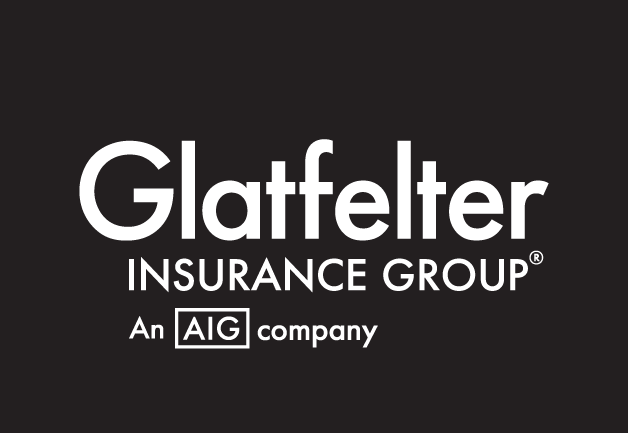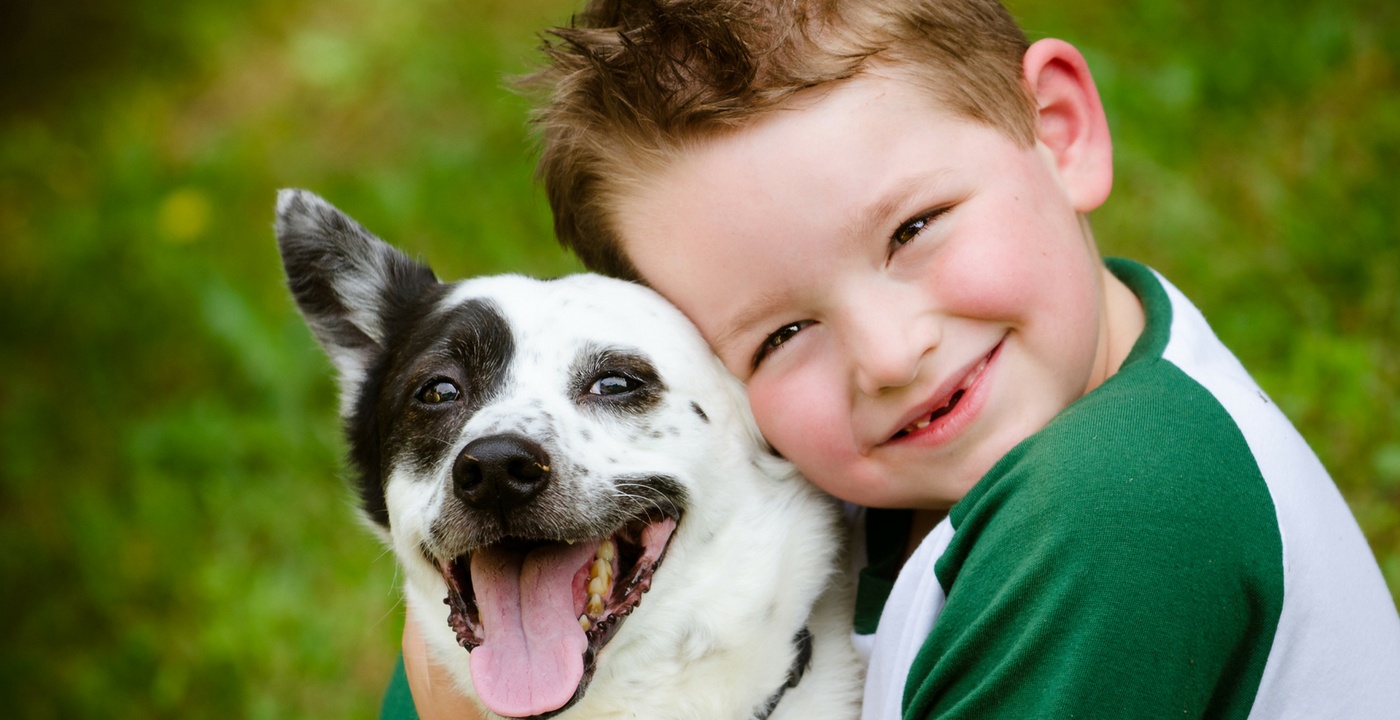Animals can help your patients and residents stay happy and healthy
"Dogs do speak, but only to those who know how to listen." – Orhan Pamuk
Does your healthcare facility use pet therapy? If so, there are important ways to make sure that your patients stay safe and your facility stays sanitary. If you’re not using animal-assisted therapy, there are many benefits that the implementation of this system could provide for your organization and your patients.
Pet therapy, a growing field
As technology advances in the healthcare setting, there is an increased desire for “high touch” approaches. Introducing animals into the environment of a patient humanizes health care. Pet Partners is the nation’s leading volunteer organization with a Therapy Animal Program. The organization interacts with a large variety of clients, many of which could be patients of yours:
- Veterans with PTSD
- Seniors with Alzheimer’s
- Students with literacy challenges
- Patients in recovery
- People with intellectual disabilities
- Patients approaching end-of-life
Pet Partners makes around three million visits each year with therapy animals, which include not just dogs, but also cats, horses, rabbits, birds, guinea pigs, mini pigs and llamas. Partnering with one of these animal-assisted therapy programs could highly benefit your patients, but it’s essential to be fully educated about proper implementation to avoid unnecessary risks.
The advantages of pet therapy

The American Veterinary Medical Association says that the benefits of using pets in your healthcare facility include a decrease in physical and emotional pain, boredom and anxiety, as well as an increase in positive moods. This may be an ideal option if your
patients feel isolated in their hospice or senior living environment, and a patient approaching end-of-life can find comfort in petting an animal. Patients may also be able to reminisce about past experiences they’ve had with animals before.
Maintaining safety and sanitation
The largest concerns regarding the use of pet therapy is keeping patients (especially those at high risk) safe and facilities clean. To make sure that visiting animals are healthy, social, calm, tolerant and friendly and their handlers are specially trained, institute specific guidelines to follow when allowing them on your property. Use selective screening criteria and uphold health requirements for participating pets:
- An annual veterinary checkup (within the past year)
- Mandatory Rabies Vaccine (1, 2 or 3 year—given by a veterinarian)
- An initial series of core Distemper, Hepatitis and Parvovirus Vaccines
- A negative Fecal Exam within the past year
- A negative Heartworm test
It’s also a good idea to require a graduation certificate of basic obedience training for the pet. The handler should be screened and go through orientation just as all other volunteers do in order to become familiar with your policies and procedures. Maintain an ongoing evaluation with all animals and handlers.
A better future for pets and patients
Take advantage of the human-animal bond that can support both your patients’ health and the life of an animal. Give your patients the experience of unconditional love that animals have to offer, but make sure you are following structured guidelines to ensure safety and sanitation.

Brittany Wolf, Marketing
Brittany attends Penn State Harrisburg in pursuit of her Communications degree. When she isn’t studying, traveling or playing volleyball, she is spending time outside with her two dogs or planning her wedding.
DISCLAIMER
The information contained in this blog post is intended for educational purposes only and is not intended to replace expert advice in connection with the topics presented. Glatfelter specifically disclaims any liability for any act or omission by any person or entity in connection with the preparation, use or implementation of plans, principles, concepts or information contained in this publication.
Glatfelter does not make any representation or warranty, expressed or implied, with respect to the results obtained by the use, adherence or implementation of the material contained in this publication. The implementation of the plans, principles, concepts or materials contained in this publication is not a guarantee that you will achieve a certain desired result. It is strongly recommended that you consult with a professional advisor, architect or other expert prior to the implementation of plans, principles, concepts or materials contained in this publication.
This blog post may contain the content of third parties and links to third party websites. Third party content and websites are owned and operated by an independent party over which Glatfelter has no control. Glatfelter makes no representation, warranty, or guarantee as to the accuracy, completeness, timeliness or reliability of any third party content. References to third party services, processes, products, or other information does not constitute or imply any endorsement, sponsorship or recommendation by Glatfelter, unless expressly stated otherwise.
Related posts
The challenges that caregivers face are not easy. We compiled some quick tips for managing family interactions in hospice and palliative care settings.
In summer 2024, weather will be unpredictable, but these are the weather events you can expect, depending on location.
There's so much to learn about nursing, but here's 10 fascinating facts as we celebrate National Nurses week.








Submit a Comment